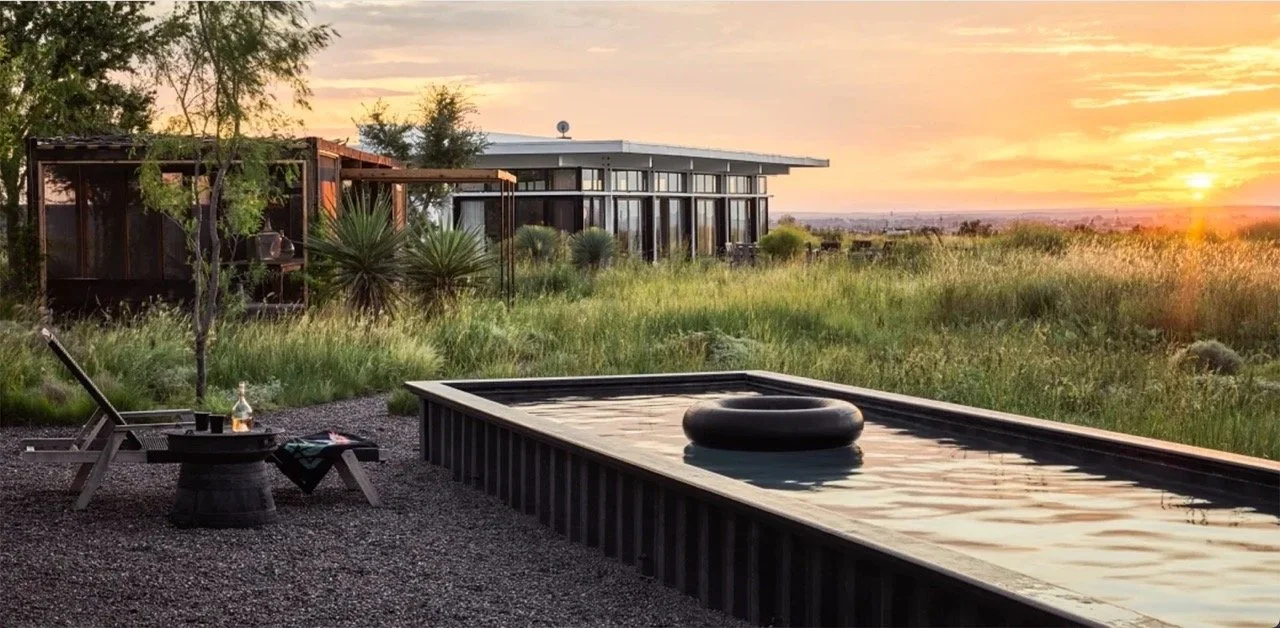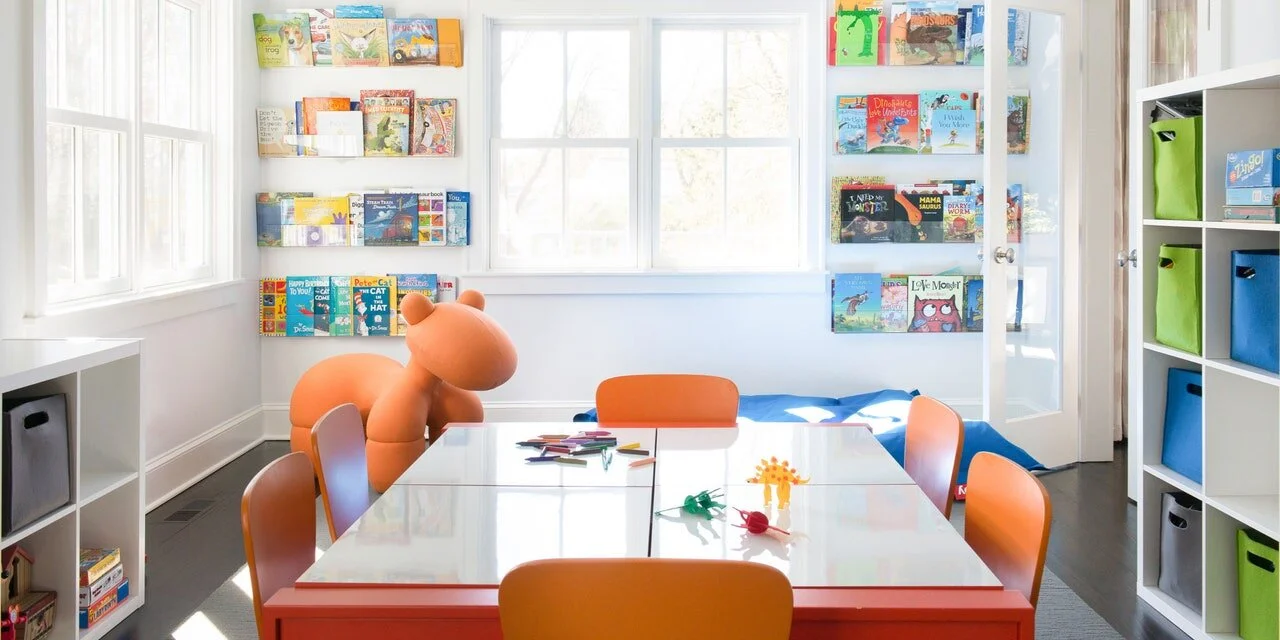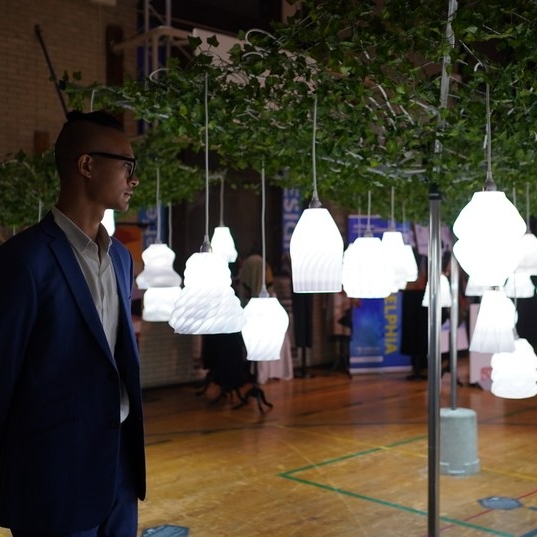In 1913, the designer Elsie de Wolfe published a book that would become a classic of interior design, a profession she helped create during her long career. Entitled The House in Good Taste, its mission could not have been more clear: De Wolfe wished to see American interiors brightened up, styled with a confident point of view, and cleared of the Victorian clutter that crowded so many 19th-century homes with fringe, cut velvet, seashells, and elaborate wood carving.
Read MoreThere is something irresistible about the ugly duckling, even before its grand metamorphosis into (spoiler alert) an adult swan. He’s gangly, his feathers look weird, his proportions are off, and every other animal he encounters on his journey notices this and comments on it. The moral of this beloved fairy tale is that beauty and its antithesis, ugliness, are meaningful only in context. The “ugly” duckling was just the victim of a temporary category error, he wasn’t actually ugly.
Read MoreIts name doesn’t inspire a sense of coziness, comfort, or even glamour, yet Brutalist architecture—the postwar style that pinned its hopes on the possibilities of poured concrete—seems to be back in the zeitgeist. Of course, it never really left: For decades, its detractors have been waging a war of attrition against its somewhat severe and aggressively modernist aesthetic with a policy tactic known as “active neglect.” Boston’s City Hall has been controversial since it was unveiled in 1968.
Read MoreIt can’t be a coincidence: rising interest rates, worries about inflation and the price of gas, and the triumphant return of the disco ball and the blob sofa all in the same year? Could it be that midcentury-modern style has decided to take a much-needed rest? Avant-garde Italian furniture from the 1970s, smoked glass, conversation pits, earthy colors, and wall-to-wall carpeting all appear to be back with gusto.
Read MoreSwimming pools seem like a great idea when a summer heat wave hits, but with the excavation and expense involved in the construction of a traditional in-ground pool, they don’t provide a last-minute solution. That’s why a once-maligned marvel of early-20th-century design—the aboveground pool—is finally enjoying its moment.
Read MoreHamlet VIII, the lobby cat of the Algonquin Hotel in New York City, is arguably the longest-standing resident of the legendary auberge. So when a recent renovation of the property came to pass, Stonehill Taylor applied concepts of cat-friendly design to ensure that he and the inn’s more temporary guests could live in harmony.
Read MoreScholars’ gardens, haciendas, glass-enclosed greenhouses: There’s nothing quite so magical as a private garden space where plants and flowers thrive, secluded from everyone except the birds, butterflies, and those few humans in possession of a key. Gramercy Park, the famed two-acre landscape in Manhattan that’s accessible to only those who live in immediately surrounding buildings, sets the precedent when it comes to private green spaces in the city. Rare other examples, such as the Macdougal-Sullivan garden that connects 21 row houses in Greenwich Village, are equally celebrated—and coveted.
Read More“Back to school”—a phrase that evokes fresh school supplies, new backpacks, and delighted parents—sounds a lot different this year, as millions of students across the country start classes from their homes. When the COVID-19 pandemic sent schools into virtual mode back in March, families scrambled to get up to speed on telecommuting technologies, carve out makeshift desk space in their homes, and keep kids and pets from making unplanned cameos in their remote work meetings.
Read MoreFor decades, the American dream kitchen has been covered in gleaming white surfaces, from subway tile to countertops to cabinets. Save for a few historic blips—think pink and turquoise in the post–World War II years, and avocado green and harvest gold in the ’60s and ’70s—white has remained the default choice for kitchen design, most recently embodied by the Pinterest-approved trend of light and bright cooking and dining spaces.
Read MoreBusiness partners Denise Davies and Karri Bowen-Poole initially connected in the digital realm (“it was Instagram love at first sight,” they wrote in an email), but they eventually teamed up last year to bring a more analog endeavor to life: designing custom educational playrooms that mix good design with a smorgasbord of opportunities for play, an endeavor they dubbed Smart D2 Playrooms.
Read MoreHow do we want to live? That’s the question that has driven designers and architects for as long as human beings have been building and customizing their dwellings. A timely new exhibition called “Home Stories: 100 Years, 20 Visionary Interiors,” opening February 8 at the Vitra Design Museum in Weil am Rhein, Germany, provides a fascinating look at how designers have tried to answer this question over the past century.
Read MoreIn the 1957 romantic comedy Funny Face, Kay Thompson—playing a larger-than-life fashion editor inspired by Diana Vreeland—leads a musical number in which she marshals her staff (and presumably the world at large) to “think pink!” Bolts of Pepto Bismol–colored fabric unfurl across her carpeted office floor as she tells her junior editors to “bury the beige.”
Read More“The stockings were hung by the chimney with care, and concentric circles of light and shadow danced in a modernist tableau, all over the ceiling.” Wait, what? If you’re accustomed to old-fashioned fragrant evergreen trees, sticky with sap and heavily laden with ornaments and string lights, the spare glow and futuristic lines of the modern Christmas tree will knock your proverbial stockings off. The first thing you might notice about these trees is that they look “Modern” with a capital M—as in postwar, midcentury design. Yet they’re not vintage, and they weren’t manufactured until fairly recently.
Read MoreIn the mid-1950s, when Walt Disney’s long-planned, eponymous California theme park was taking shape, he found himself butting heads with a member of the his construction crew. “One of the contractors on the job tried to substitute plastic for wrought iron, and Walt insisted on authenticity,” says Chris Nichols, whose new book Walt Disney’s Disneyland (Taschen, $60) lavishly illustrates the creative process of the park’s creation, from drawing board to ribbon-cutting.
Read MoreThe term “design fair” may call to mind a particular mise-en-scène: a constellation of temporary gallery displays full of limited-edition works by boldface-name designers, glossy catalogs, perhaps a few celebrity sightings, and the clink of Champagne glasses at an invitation-only vernissage. That may do for New York and Miami, but in the City of Brotherly Love, each October, the design festival belongs to the entire city: DesignPhiladelphia, organized by the Center for Architecture and Design, which this year packed more than 120 events into 11 days running October 3–13.
Read MoreIn his inspiring new book, Fewer, Better Things: The Hidden Wisdom of Object (Bloomsbury, $27), writer, curator, and former director of the Museum of Arts and Design in New York, Glenn Adamson, confronts such long-ingrained notions of materiality from several angles. Adamson invites readers to follow along on a series of thought experiments about the objects in our lives, our relationships to them, what they mean, and how we might go about distilling them so that our material footprint is greatly reduced. And this isn’t just an exercise—the future of humanity might depend on it.
Read MoreHow long have children had designed objects to call their own? Ancient toys from Greece, Rome, Egypt, and the Indus Valley suggest that kids in the ancient world were playing with tiny horses on wheels, bird-shaped whistles, dolls, and even yo-yos several millennia ago. Portrait paintings of well-to-do and royal children from the Renaissance onward suggest that privileged kids wore custom-made clothing, and sometimes had their very own picturesque pets. But the mass marketplace for furniture, books, clothes, and games, as well as public spaces designed specifically with children in mind, is a surprisingly recent phenomenon, as Alexandra Lange explains in her fascinating new book The Design of Childhood: How the Material World Shapes Independent Kids (Bloomsbury, $20).
Read MorePhiladelphia is no stranger to exquisite handmade furniture: It’s a city full of design galleries and renowned university craft programs. In the colonial period and in the early days of the Republic, Philadelphia craftsmen made some of the finest furniture in the New World. Later, nearby Bucks County was home to the furniture makers Phillip Lloyd Powell, George Nakashima, Wharton Esherick, and Paul Evans. So the city of Brotherly Love is a natural fit for the Philadelphia Furniture Show, which, for the past 24 years, has showcased the work of top independent designers from across the country.
Read More

















